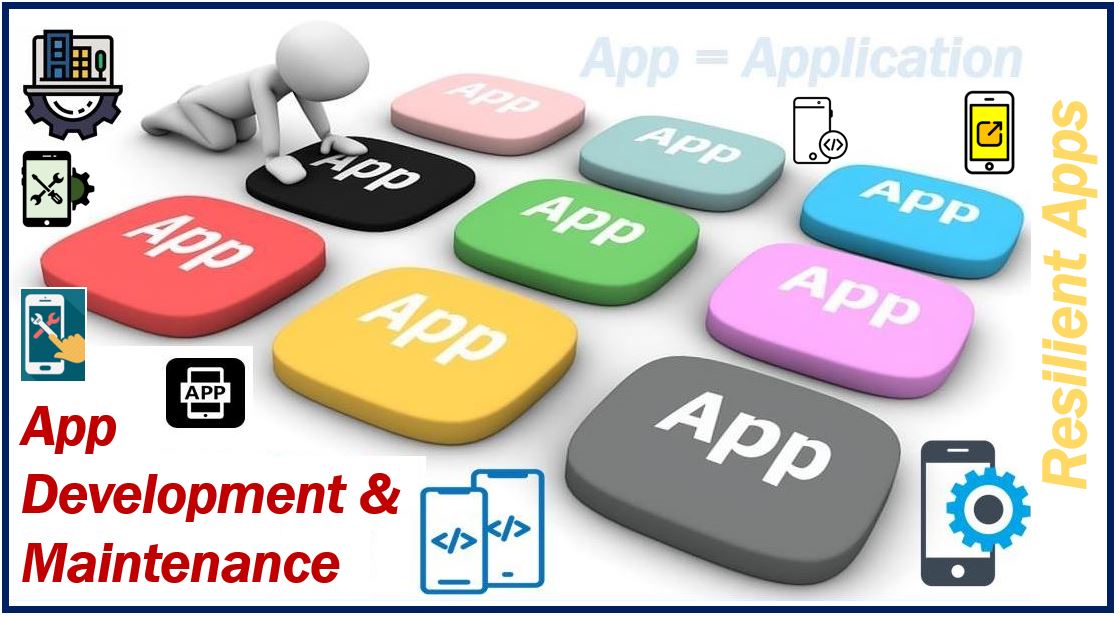As an app developer, you want your work product to stand up to whatever consumers can throw at it. System outages and application breakdowns affect income and customer satisfaction. It also reflects negatively on a software development company.
Our modern reliance on digital structures has increased the need for resilient applications. Besides resisting service disruption and outages, you can incorporate other features to bump up your app’s constitution.

Here is a guide for building and maintaining resilient applications:
Rely on microservices
Ease of access in applications is critical, ergo microservices. Microservices are independently deployable, making their effect efficient and giving room for more team autonomy. They also do an excellent job of reducing downtime through fault isolation. Because of their unique architecture, they’re also manageable by smaller teams. For a well-reviewed microservice provider, you can explore Akka Platform from Lightbend.
Implement chaos engineering
It’s not often you get asked to cause problems instead of solving them. Chaos engineering is essentially stress testing that creates problems to reveal weak points.
This strategy is widely adopted when developing resilient business apps. A classic example of expecting the unexpected, it deals with problems before they have the chance to arise.
After discovering the faults, you solve them with the benefit of time on your side. Next, examine the surrounding processes for other potential breakdowns. Chaos engineering helps you see the chips in the paint, so you aren’t sandbagged on rollout.
Cloud computing

You can use cloud computing to boost capacity in areas with poor internet speed. Cloud computing also diverts traffic to cheaper resources during a surge. Diversifying your infrastructure between cloud and CDN will also give your app more legs to stand on, cutting out downtime and improving consistency.
Multiple service providers
Having a single service provider is like putting all your eggs in one basket. If the provider experiences any performance difficulty, it can mean serious trouble for you. When a company engages more than two providers, the system is more resilient.
When an emergency happens due to poor network or location failure, it will be easier to manage the application if you aren’t chained to a single delivery mechanism. Using multiple providers helps you hedge your bets against outages.
Redundancy codebase strategy
In building architecture, architects design structures with “redundancy,” meaning the frame is several times stronger than necessary in case of failure. The codebase can be structured the same way.
Building in redundancy can help you avoid downtime for clients who must avoid it at all costs. For instance, popular E-commerce websites cannot afford even a few minutes of downtime, or they face thousands in lost sales. These types of companies should embed their codes, allowing their applications to work in various data hubs.
This extra measure serves as an emergency plan in case of an unprecedented failure. During downtimes, the built-in redundancy kicks into action. The application might run slowly, but in this case, something is better than nothing.
Conclusion
Cyberspace is a wide net of intrigue and possibility. Anything can happen, which is technology’s greatest risk as well as its greatest asset. With a few creative solutions, you can build apps that will stand up to even the most severe outages.

